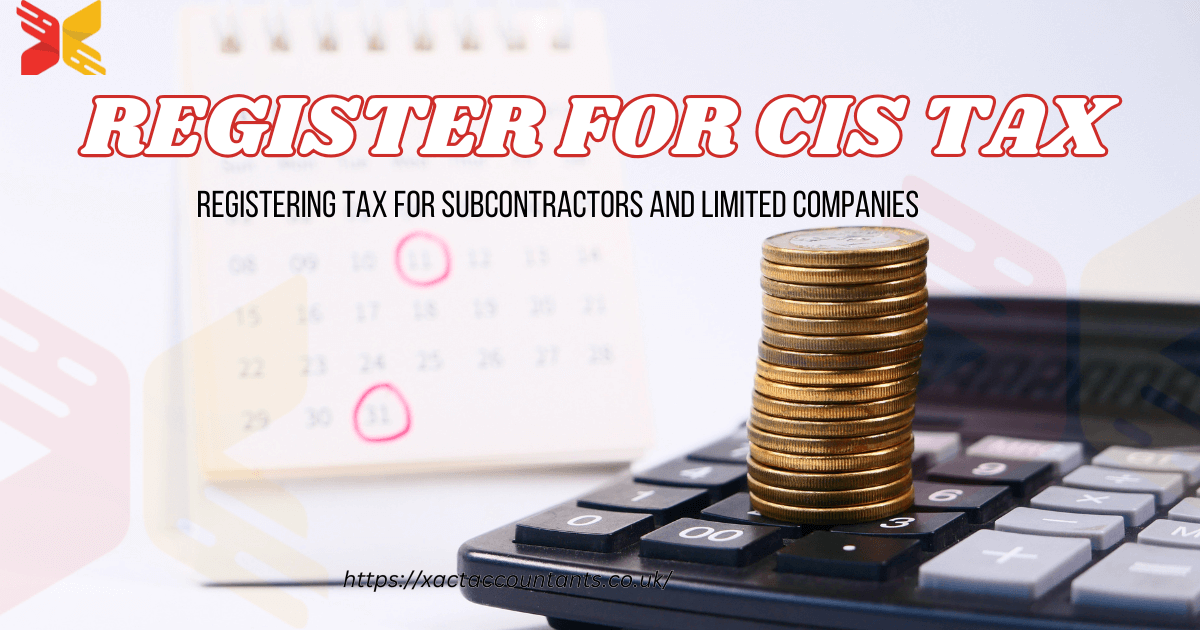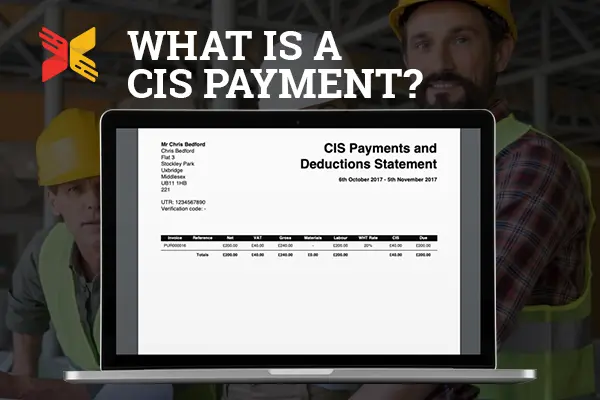What is Claim Back CIS Tax Deductions?
Claiming back CIS (Construction Industry Scheme) tax deductions refers to how subcontractors in the construction sector recover overpaid tax. Under the CIS, contractors deduct a portion of subcontractors’ earnings, typically 20% for registered workers and 30% for unregistered workers, and pay it directly to HMRC. These deductions are considered advance tax payments. If subcontractors’ total deductions exceed their actual tax liability at the end of the financial year, they are eligible to claim back the excess amount. The process involves submitting accurate records of income, expenses, and deductions through a self-assessment tax return.
Why Does it Matter?
Claiming back CIS tax deductions is crucial for ensuring subcontractors are not overpaying taxes. It helps them recover funds that can support their cash flow, especially in an industry with high upfront costs. Additionally, it ensures compliance with tax regulations, avoiding penalties or delays in refunds. Understanding and managing CIS tax claims can also help subcontractors optimize their finances by accurately calculating allowable expenses, such as tools, travel, and materials. This not only reduces their overall tax liability but also improves their financial stability and planning.
How Do I Claim Back CIS Tax Deductions?
To Claim CIS tax again, you need to submit a CIS reimbursement claim to HMRC. This is usually performed through your Self-Assessment tax go-back. The system involves putting forward your earnings, fees, and the CIS tax deductions made for the year. HMRC calculates whether you’ve been overpaid and issues a reimbursement for that reason.
If you are a subcontractor operating through a CIS Ltd company, the method can also differ barely. Limited groups claim their CIS tax back by offsetting deductions towards different tax liabilities, consisting of Corporation Tax or PAYE. If no liability exists, a refund is issued.
Using a Claim Back CIS Tax calculator can simplify the procedure. These calculators estimate how much you might recover based on your profits, prices, and deductions. However, accuracy depends on having all important documentation to hand.
What Documents Do I Need to Claim CIS Tax Back?
The success of your CIS repayment claim hinges on accurate documentation. HMRC requires proof of earnings, deductions, and expenses. Essential documents include:
- CIS tax deduction statements – Provided by contractors, these detail the amounts deducted and submitted to HMRC.
- Invoices and receipts – These demonstrate your expenses, such as materials, travel, or equipment.
- Bank statements – Evidence of payments received.
- PAYE records – For those operating as a CIS Ltd company, these are crucial for offsetting deductions.
Organizing these documents ensures your claim process is smooth and avoids delays.
Can a CIS Tax Calculator Simplify My Refund Process?
Claim Back CIS Tax calculator can shop effort and time. These gear are designed to estimate capacity refunds based on your income, expenses, and CIS deductions. By coming into info out of your CIS tax deduction declaration, you can speedy gauge how an awful lot you could declare.
While calculators provide useful estimates, they’re no longer an alternative to expert recommendations. Complex cases, including the ones involving a CIS Ltd organization, may additionally require know-how to make certain accuracy. For particular effects, don’t forget to consult a tax professional or use HMRC’s respectable sources just as the CIS login HMRC portal.
How Does CIS Tax Apply to Limited Companies?
For subcontractors operating under a CIS Ltd company, the scheme has specific rules. Contractors deduct CIS tax from payments to the company, which is then offset against the company’s tax liabilities.
At the end of the tax year, limited companies can submit a CIS return to reconcile their deductions. If overpayments exist, they can claim a refund from HMRC. This differs from sole traders, who rely on Self-Assessment for refunds.
Using HMRC’s cis login HMRC portal simplifies this process, allowing limited companies to track deductions and file claims efficiently.
Where Can I Get Help with Claiming Back CIS Tax?
The CIS tax device may be hard, especially for those new to the scheme. Seeking assistance guarantees accuracy and speeds up the refund procedure. Resources include:
- CIS helpline – HMRC offers a dedicated support line to answer queries about CIS repayments.
- Professional accountants – Experts can handle the entire refund process, ensuring compliance with HMRC rules.
- Online tools – Platforms offering services for claiming back CIS tax simplify the process, often including calculators and step-by-step guides.
Professional assistance is particularly useful for limited companies or subcontractors with complex claims.
Conclusion
Understanding how to Claim Back CIS Tax is crucial for subcontractors in the construction industry. Overpaid taxes can burden cash flow, making timely refunds vital. By submitting accurate claims, supported by proper documentation like CIS tax deduction statements, you can recover what you are owed.
Whether you’re a sole trader or operate through a CIS Ltd company, knowing how to navigate HMRC’s processes is essential. Tools like a Claim Back CIS Tax calculator and resources such as the CIS helpline provide valuable support. Ensure compliance, claim your refunds, and maximize your earnings under the Construction Industry Scheme.
FAQs
How do I claim a CIS refund?
To claim a CIS refund, file a Self-Assessment tax return or submit a repayment claim through HMRC. Provide proof of income, expenses, and CIS deductions for an accurate refund calculation.
What is a CIS refund, and how is it processed?
A claim CIS refund involves recovering overpaid tax under the Construction Industry Scheme. HMRC processes the refund after verifying your CIS tax returns and deduction statements.
What is HM Revenue CIS, and how does it work?
The HM Revenue CIS scheme ensures contractors deduct tax directly from subcontractors’ payments. These deductions count toward tax liability, and overpayments can be reclaimed through refunds.
Why are CIS tax returns important for refunds?
Submitting accurate CIS tax returns is crucial for processing refunds. These returns report income, expenses, and deductions, ensuring HMRC calculates your refund correctly.
Can I claim back CIS tax if I missed the deadline?
Yes, you can still claim a CIS refund if you missed the deadline, but late submissions may delay processing. HMRC typically allows refunds for up to four previous tax years.
















